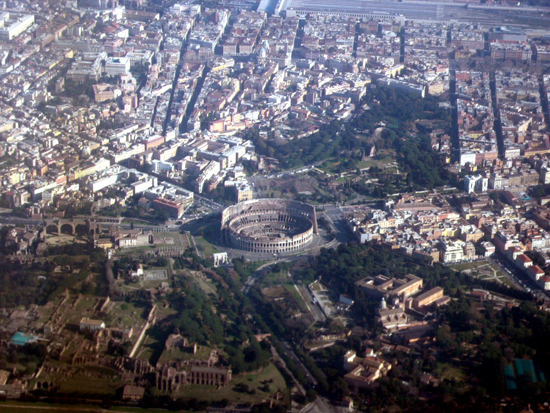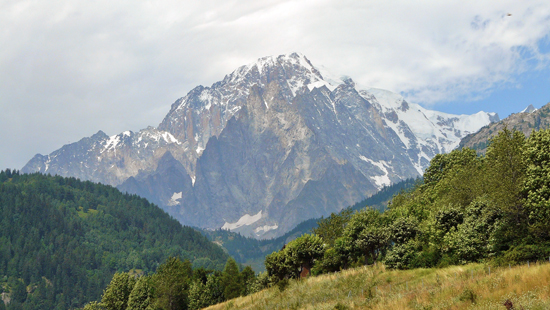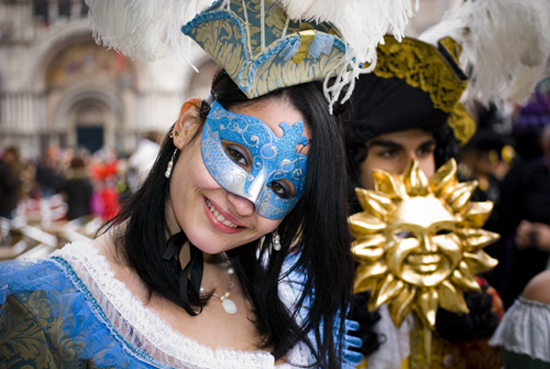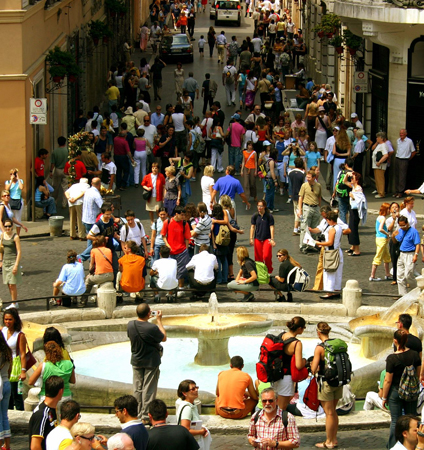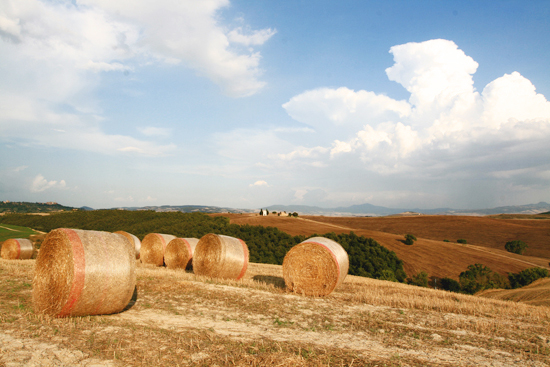Country Snapshot: Country Snapshot
Land/Geography/Regions
Italy is a peninsular country in southern Europe lying within the Mediterranean Sea. It includes numerous islands, Sicily and Sardinia among them. The country has extensive coastline, including along the Adriatic, Ionian, Ligurian, and Tyrrhenian seas. Italy covers roughly 300,000 square kilometers (116,000 square miles) and shares borders with France, Austria, Slovenia, and Switzerland. Within Italy’s territory are two enclaves: Vatican City and San Marino, while Campione is another Italian exclave located entirely within Switzerland.
The Alps Mountain Range defines most of the northern region of Italy and contain the country’s highest point, Mont Blanc, which rises to about 4,800 meters (15,400 feet). The Apennine Mountains run down the length of the Italian peninsula. Significant rivers include the Po River, the country’s longest, which irrigates the Po Valley, Italy’s primary agricultural region. Lago di Garda in northern Italy is the country’s largest lake.
People and Culture
Most of Italy’s population are ethnic Italians, who are considered indigenous to the area. Their ancestry typically includes Greeks, Romans, Latins, Celtics, and Umbrians. Other notable population groups include Romanians, Moroccans, and Albanians. Additionally, there is a German-speaking community in the Bolzano Province and Slovenes who inhabit the area around Trieste. Small communities of Greeks and French also exist in Italy.
The country’s official language is Italian, with many regions speaking various Italian dialects. Other languages include English, French, Friulian, Ladin, Slovene, and Spanish.
Though Catholicism is no longer the official religion of Italy, it remains the most popular and most Italians practice the faith. There are also small numbers of Protestants, Eastern Orthodox Catholics, Jews, and Muslims, as well as small communities of Buddhists and Hindus.
Noted characteristic of Italian culture include prioritizing family, which includes extended family who are present at frequent household gatherings. The country is renowned for excellence in architecture, art, theatre, literature, and wine, with fashion and food also highly esteemed. “Bella figura,” or “good image” is important to Italians, with not only clothes important to this concept, but the confidence one projects as well.
History
Archeological evidence suggests the presence of human in Italy dating to more than 200,000 years ago. By 2000 BCE, a variety of small, primitive cities began to develop throughout Italy and along the country’s coastlines. By 1700 BCE, the neighboring Greeks began to develop relationships with these civilizations, introducing forms of art, agriculture, and technology to the Italian peninsula.
Rome was founded In 753 BCE and slowly grew into a kingdom before becoming an empire. By 500 BCE, Rome had expanded and consolidated control of the Italian peninsula, then growing around the entire Mediterranean Sea. At its peak, the Roman Empire was the largest and most influential empire in the world though it eventually split in two during a period of collapse in the 5th century CE. While the western portion of the empire fell into ruin, the eastern portion, which had become the Byzantine Empire, carried on for more than a thousand years.
During the French Revolution, when Napoléon arrived in Italy in 1797, the Italians believed he'd help unite their long divided nation. In the end, however, he was only another interloper ready to redraw their maps. Throughout the 19th century, Italy slowly began to unify all of its disparate pieces through a combination of careful political maneuvers and forceful underground movements. Unification was finally achieved in 1861.
Italy gained more territory in the far north after service to the Allies in World War I, but it began to suffer internal strain almost immediately after the war's close. When World War II broke out, Italy was part of the Axis powers along with Hirohito's Japan and Hitler's Germany. Although it surrendered well in advance of its partners, Italy still suffered heavy economic losses during the war. It lost all of its African colonies as well as parts of its border regions and islands when treaties were officially signed in 1947.
Economic and political upheaval defined postwar Italy, while communist and socialist parties flourished in the chaos and coalition governments came and went. Having regained its economic power in the 1960s through manufacturing and design, Italy has become a strong supporter of the European Union. As a G7 member and NATO stalwart, Italy has once again restitched itself from the tattered rags of dissolution. The country's challenges include overthrowing organized crime and a corrupt political system, which began to occur in the waning years of the 20th century, when many political parties dissolved. Ongoing conflicts in Africa during the early 21st century saw thousands of refugees making the dangerous journey from northern Africa to Italy, an issue that has been politically divisive.
Climate and Biodiversity
Northern Italy has a humid subtropical climate, while the south has a Mediterranean climate with hot, dry summers and mild winters. In the north’s mountainous Alpine zone, the summers are rainy and the winters colder than average, with most snow occurring in the foothills of the eastern Alps. Autumn brings the hot, dry wind known as the foehn, which blows down from the north, while in the winter, the country’s northern region receives the bora, a gusty wind that brings cold air from central Europe.
Italy’s varied climate and topography supports a great deal of biodiversity and there are many endemic species. The country has 24 national parks, with one on Sicily and three on the island of Sardinia. Common trees include species of oak and pine, European olive, cypress, beech, and poplar. Grasses, mosses, and wildflowers, as well as the national flower, the lily, are all found in Italy.
Large mammals include lynx, wolves, brown bears, ibex, deer, chamois, mouflon, and porcupines. Italy is also home to many bats, birds, and owls, while small mammals like shrews, voles, and cat-like genets thrive in Italy. Coastal waters are home to monk seals, dolphins, whales, sharks, and hundreds of kinds of fish.
Economy
Italy is one of the most-visited countries on Earth, and the most important sector of Italy’s economy is the tourism industry. The services sector bests the industry and agricultural sectors in importance, with technological and financial services key areas. Many people in Italy work in manufacturing, agriculture, and trade.
Italy produces a wide variety of exports, particularly metals and metal products, with pharmaceuticals and chemicals also important. Additionally, luxury goods, textiles, automobiles, and footwear are significant products. On the agricultural front, Italy exports grapes, wine, cheese, wheat, and beef. Issues include high youth unemployment. The official currency of Italy is the euro.
Government
Italy is a democratic parliamentary republic with executive, legislative, and judicial branches. The president is chief of state, indirectly elected by both houses of parliament and regional representatives to a seven-year term. The president is responsible for appointing a prime minister, who serves as the head of government.
The bicameral parliament of Italy includes the 630-seat Chamber of Deputies and the 322-seat senate. Members are directly elected to five-year terms.
The country’s highest courts are the Supreme Court of Cassation, which is divided into six civil and seven criminal divisions where judges may serve for life, and the Constitutional Court, with judges serving up to nine years. Lower courts include civil and criminal divisions of primary and secondary tribunals, and courts of appeal. Italy is divided into 20 regions, with Rome the capital and largest city.
Article written for World Trade Press by Taylor Holloran and Jen Westmoreland Bouchard.
Copyright © 1993—2024 World Trade Press. All rights reserved.

 Italy
Italy 